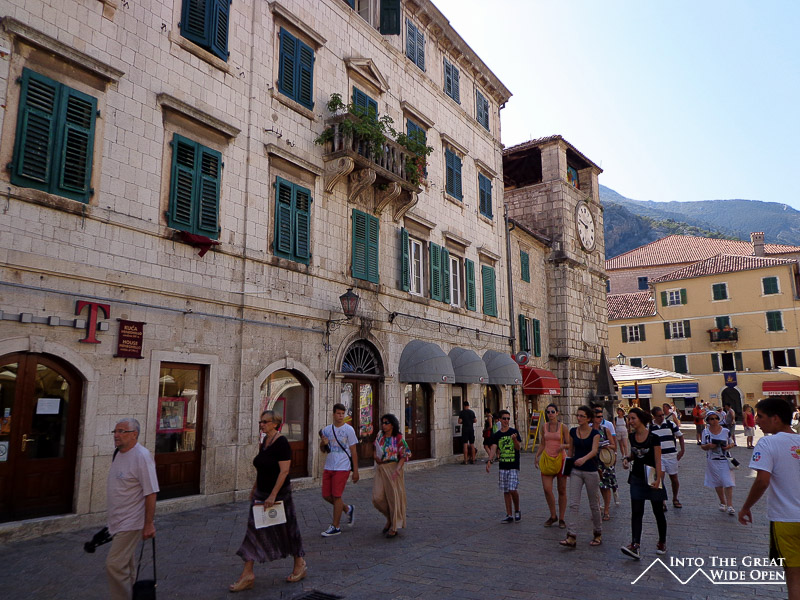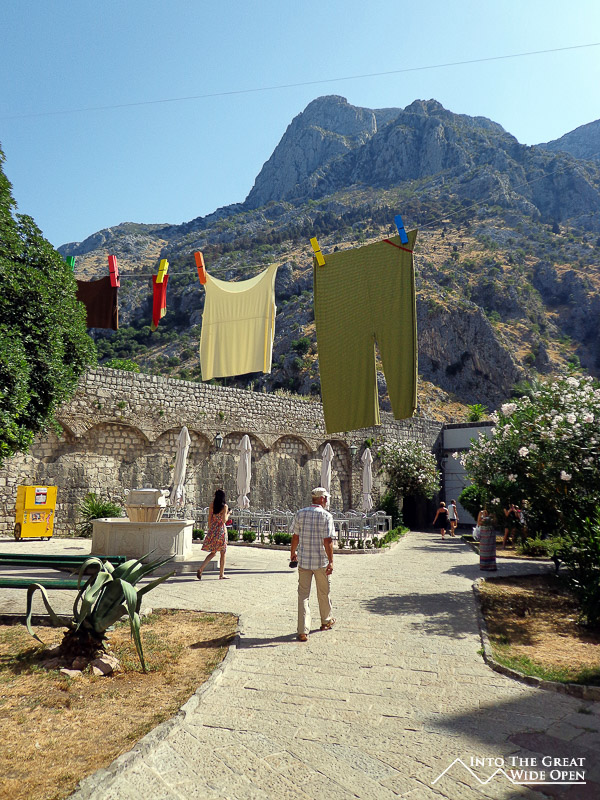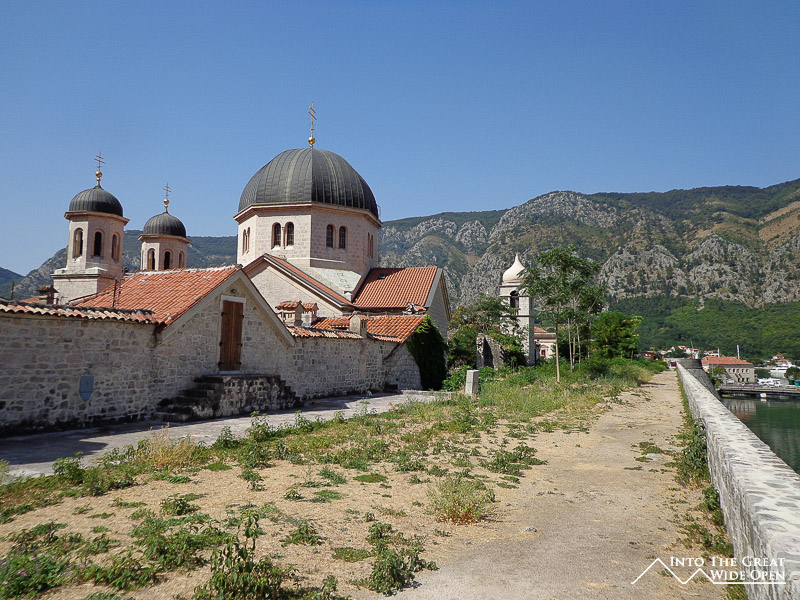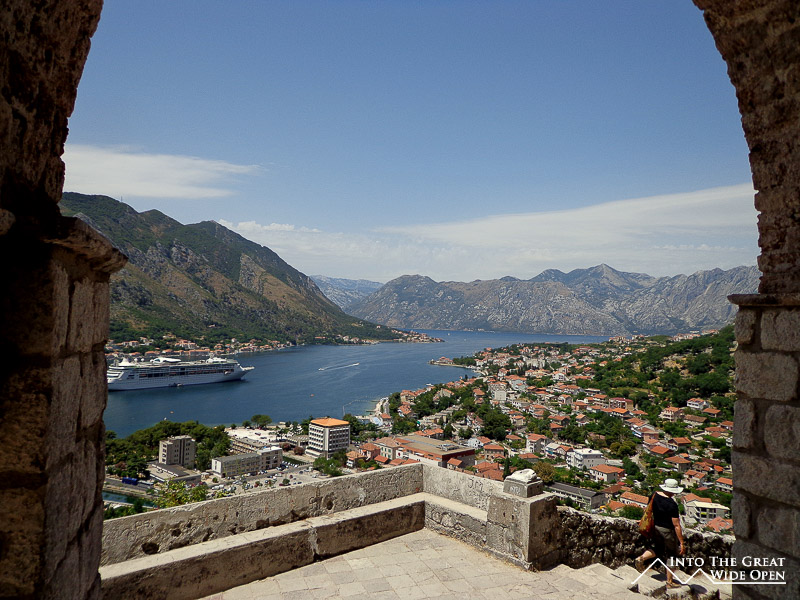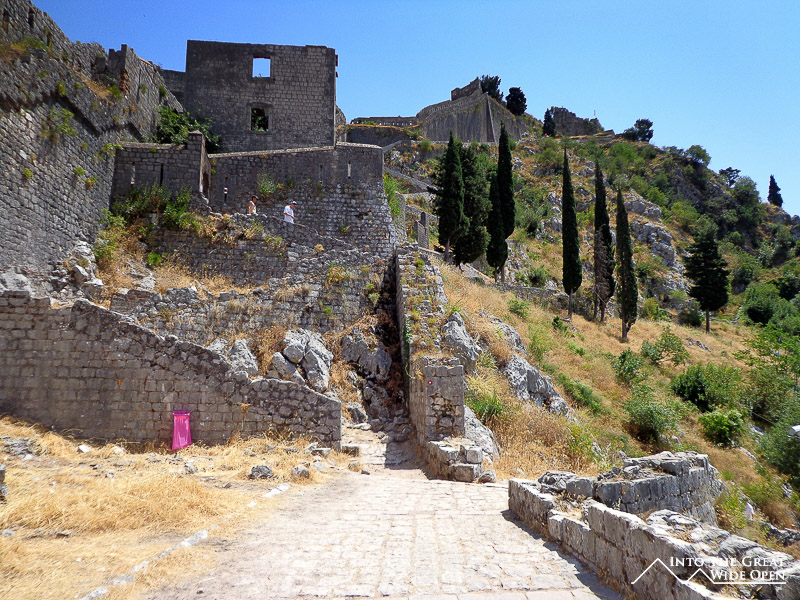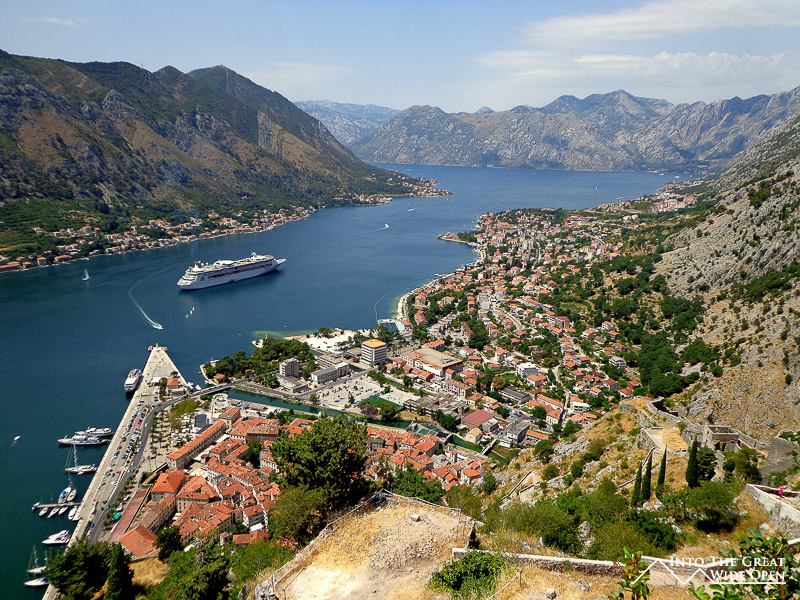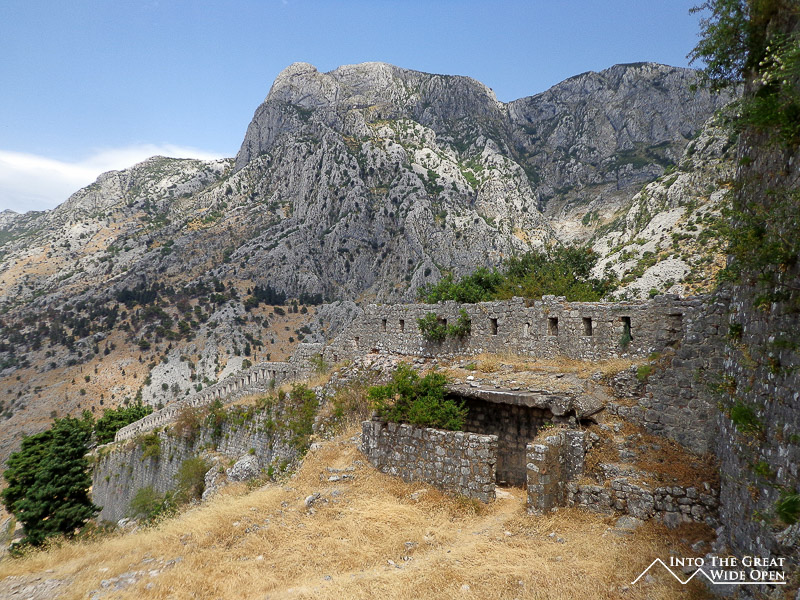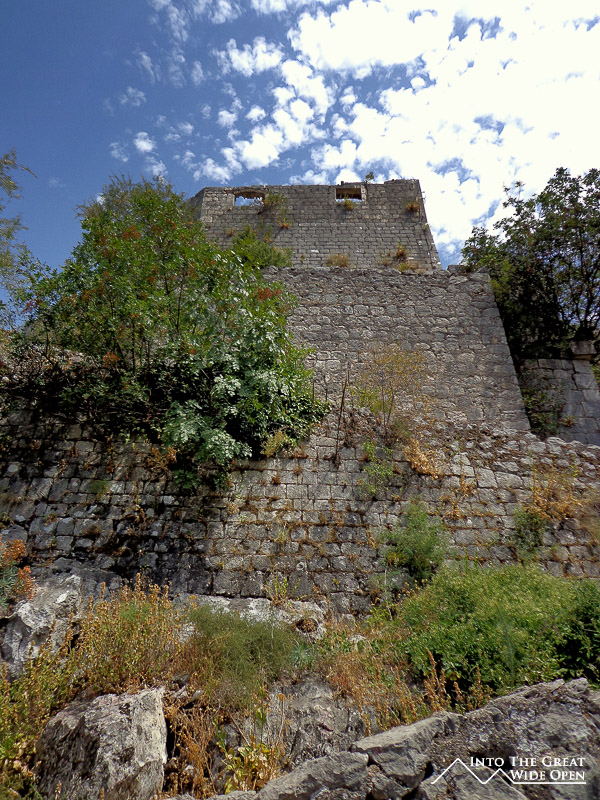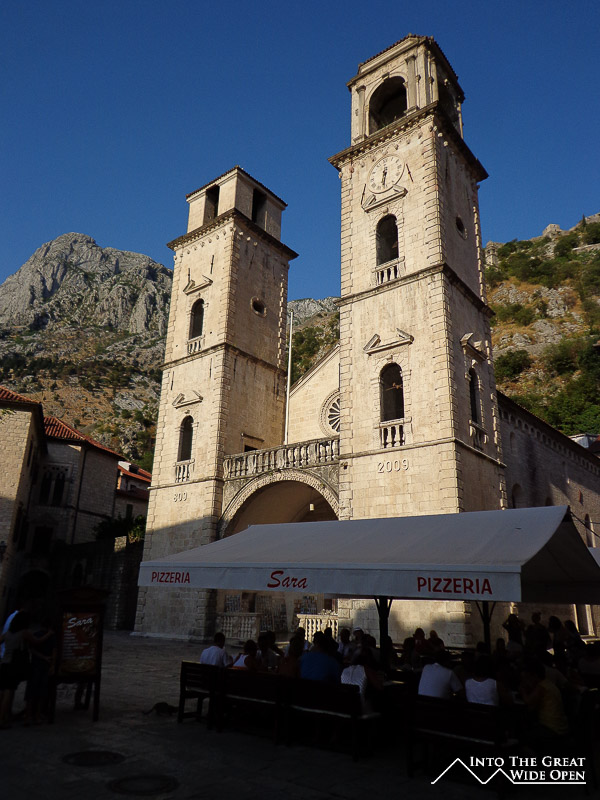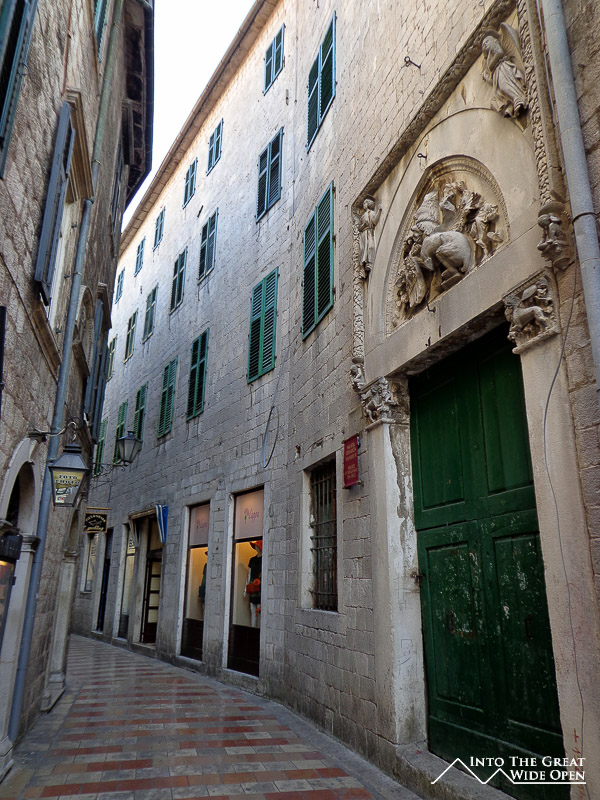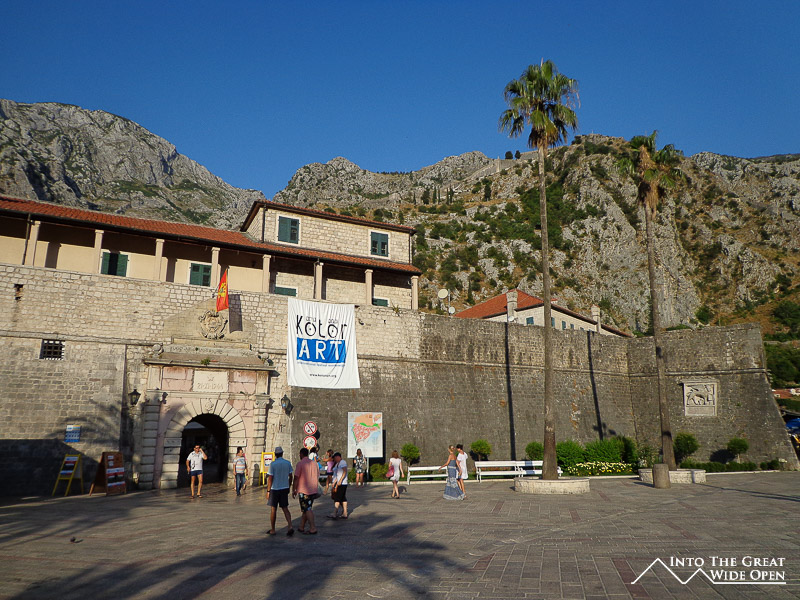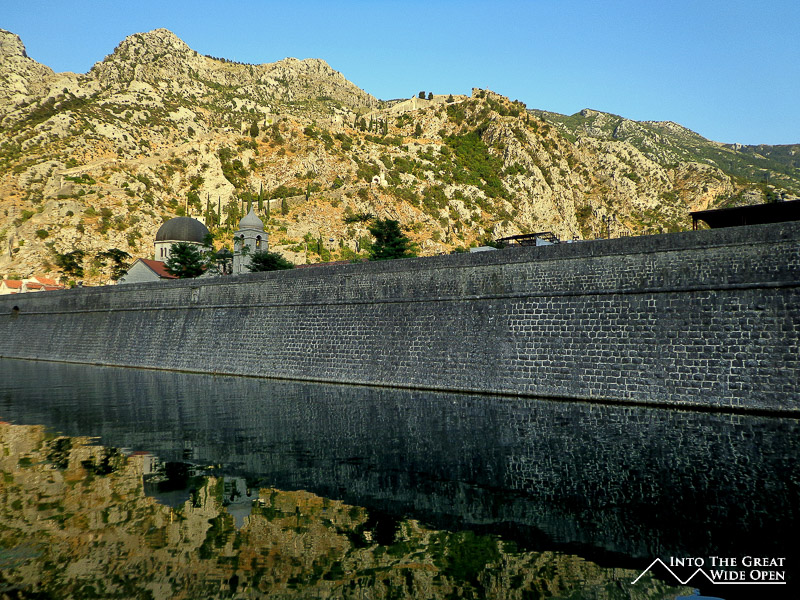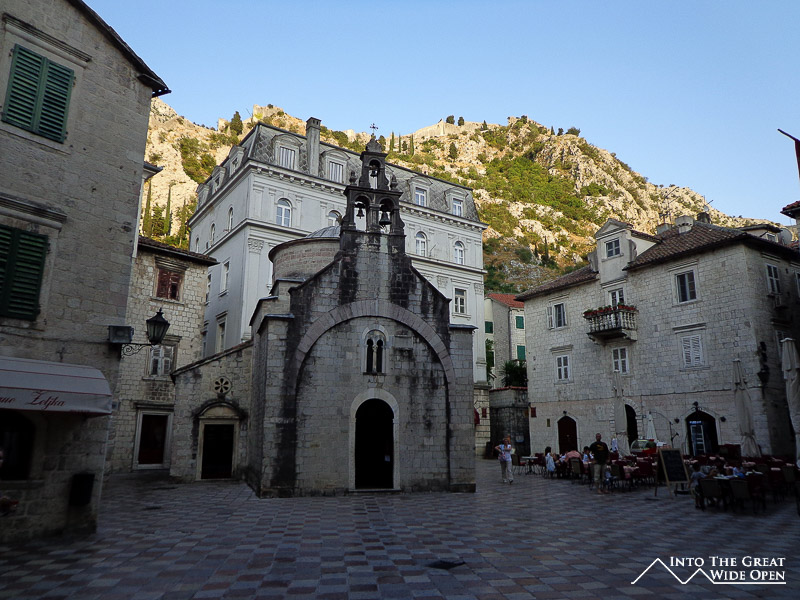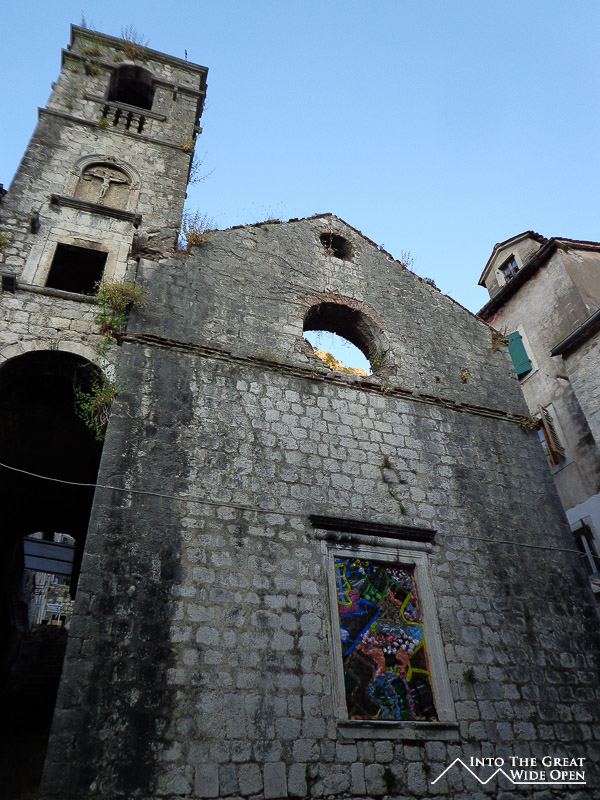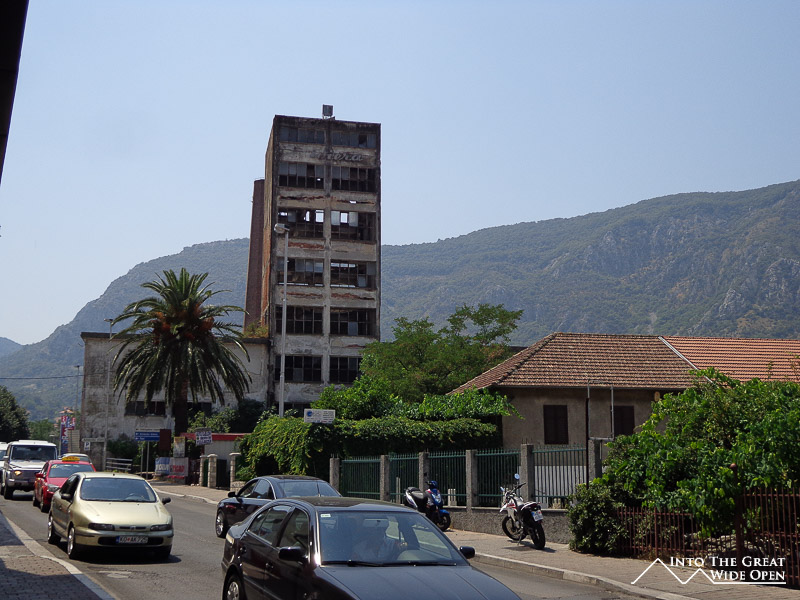Kotor, Montenegro
The Balkan Riviera - Part I
July 16, 2012
All that's left is the ghost of you.
Now we're torn, torn, torn apart
There's nothing we can do
- Of Monsters and Men

As the bus turns slowly around a bend in the road high up in the mountains I can see the dark blue water of the Adriatic Sea far below. Switchback turn after switchback turn slowly reveals the sprawling resort town of Budva on the shores of the sea. From this height the town looks like a toy, a miniature diorama from a school child’s art class. But as the bus moves through the beautiful scenery and approaches the town it becomes apparent that it is overrun with Russian tourists. Building after building posts signs in Russian advertising tours and lodging. As the bus leaves Budva I am instantly glad that I decided to stay in Kotor, an hour further up the coast.

Pulling into the small bus station at Kotor, the town feels much smaller, more manageable and a more comfortable place. After a few minutes of walking I approach the entrance to the old city, past exorbitantly expensive yachts docked on the bayside and an assuming market along the city walls. Instantly I am in the midst of a mob of tourists, not just regular tourists but cruise ship passengers. They are pouring off the small boats ferrying them from the mother ship like rats, scurrying through the narrow corridors of the old city.
It is a diverse crowd, with large percentages of Russians, British, and Americans. In the sweltering mid-morning heat they are quick to hit the ice cream stands and take their shirts off. It’s extensive and rapid consumerism like I haven’t seen in quite some time on this trip. With all their commotion the unique atmosphere of this small ancient walled city evaporates. Fortunately the Bay of Kotor is narrow and there is only room enough for one cruise ship at a time, and even that one ship must dock far out in the middle of the bay.

But for the passengers of that one ship the main activity, climbing up to the top of the fortress, must be undertaken during the searing mid-day heat. The trail starts easily with some stairs out of the old city but after passing a church part way up the hill the trail becomes steeper and steeper. It is amazing how extensive the ruins of the fortress are, occupying most of the hillside, with a commanding view of a majority of the bay. Lacking knowledge of the history of the town, I am left to wonder how, if ever, it was ever conquered. Looking at most of the cruise ship passengers hiking nearby me, complaining about the heat and the stairs, I can’t help but think that they are not pondering the same question.
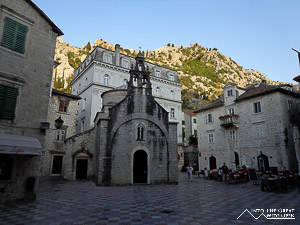
Luckily by evening the cruise ship and its passengers had departed, sailing on to the next destination and their next victim. In the middle of the week in the evening, the cool temperatures and fading sunlight bring out the splendor of the town. The shadows move in and out of the sharply winding passageways that connect the main corridors of the old city. The normally muted colors of the steep mountains rising behind the city suddenly take on a nuanced array of color palettes. This makes the walls of the fortress the somehow cling to the near vertical hillside look all the more magnificent. What should be a peaceful silence, or at best the light din of people dining on outdoor tables is broken by the poor and monotonous techno music playing from several bars. The architects of the fortress and the old city obviously weren’t able to make it impenetrable to the forces of modern multinational tourism.



